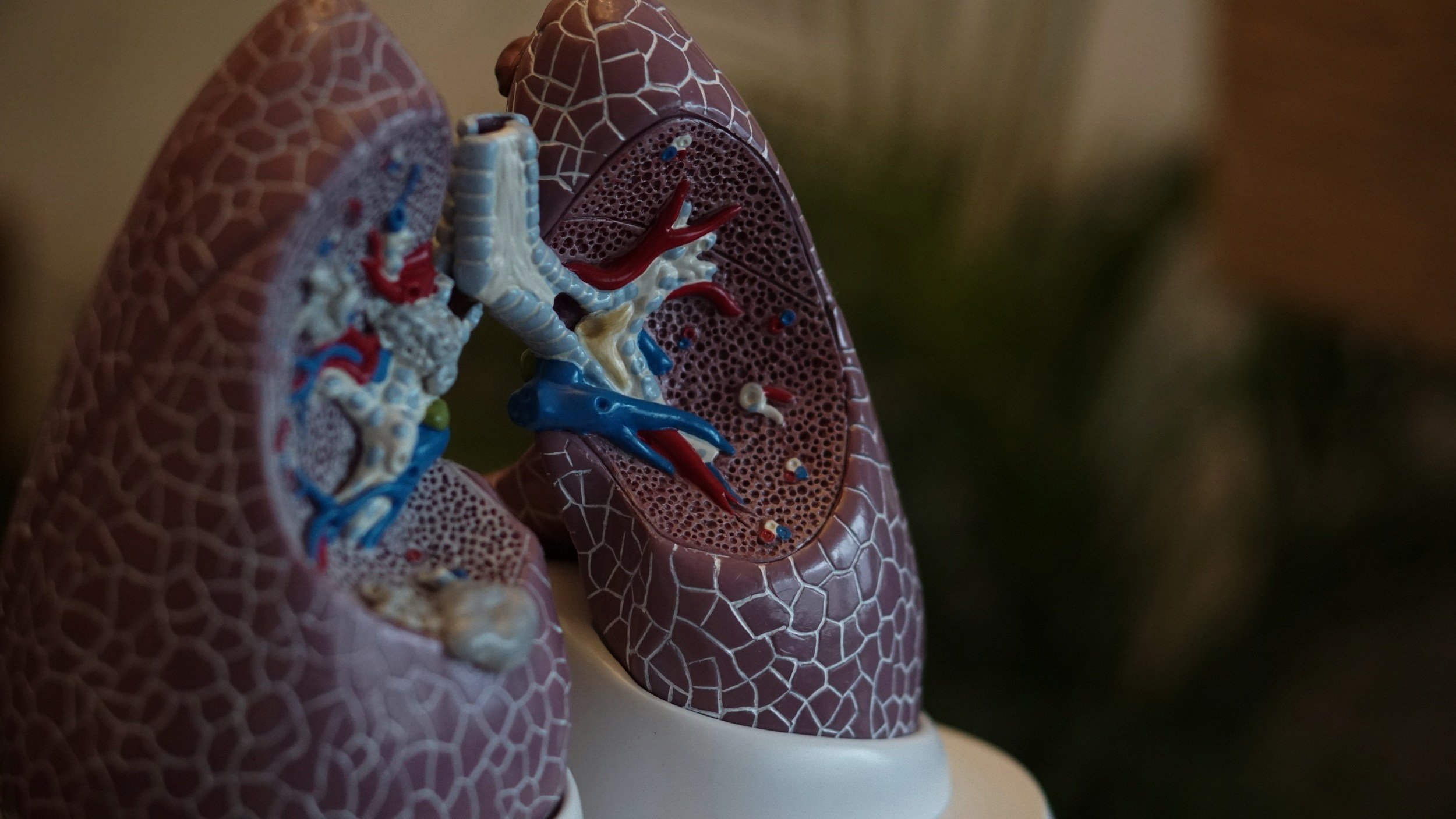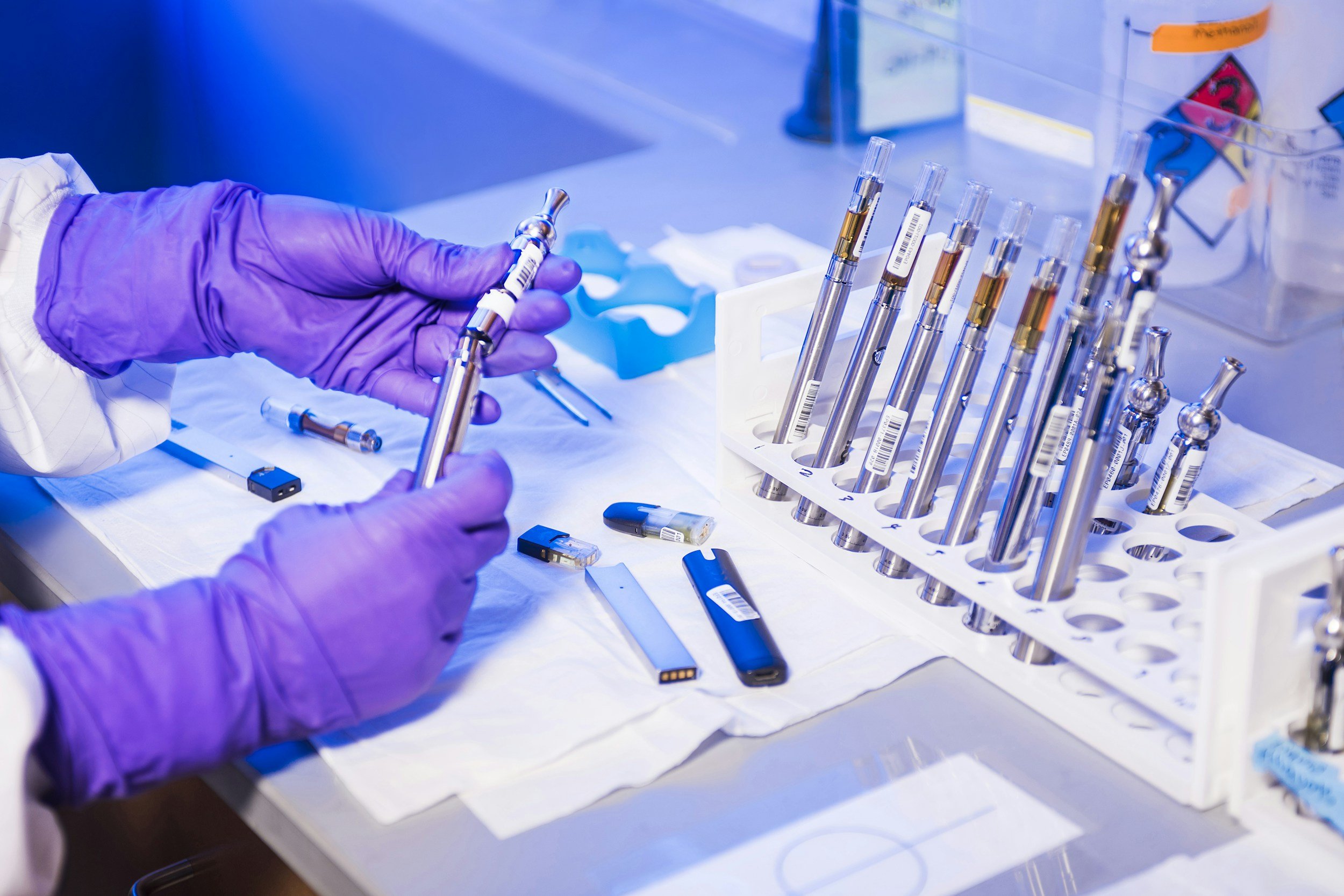Blogues de l’équipe DÉSIR
De la conception des traitements à la compréhension des divers types de cancer, nos blogues fournissent un aperçu actuel de la recherche et des soins aux patients.

Shining a Light on Pediatric Cancer: Supporting the Youngest Warriors
By: Zainab Al-Attwani, Gissou Jafari Torreie, Luca LeClair, Raymond Zeng
Childhood cancer is a devastating reality that affects thousands of families every year. This blog explores pediatric cancers’ unique challenges, highlights current and recent advancements in treatments and suggests ways to support and advocate for patient families.

Skin Cancer Uncovered: Understanding Risks, Innovations, and Prevention
By: Zainab Al-Attwani, Gissou Jafari Torreie, Luca LeClair, Raymond Zeng
By understanding melanoma and the risk factors that contribute to its development, we take a significant step toward combating its impact. Join us as we delve into the science, the latest breakthroughs, and simple yet powerful ways to safeguard your skin.

A Breath of Hope: Redefining Lung Cancer Outcomes with Modern Medicine
By: Zainab Al-Attwani, Gissou Jafari Torreie, Luca LeClair, Raymond Zeng
Despite advances in our understanding of risk factors and treatments, lung cancer remains the leading cause of cancer-related deaths globally (Oliver, 2022). This article will further explore the causes, current treatments for lung cancer, and emerging advancements in treatment approaches.

Navigating Breast Cancer: Awareness, Prevention, and Modern Treatment Approaches
By: Zainab Al-Attwani, Gissou Jafari Torreie, Luca LeClair, Raymond Zeng
Breast cancer is one of the most common cancers affecting women worldwide, and understanding its risk factors, prevention, and treatment options is crucial.
By taking a comprehensive approach, individuals can better navigate the complexities of breast cancer and take proactive steps toward maintaining their health.

Beyond the Physical: Exploring the Psychological Journey of Testicular Cancer Survivors
By: Dhwani Patel, Ching Yung Yuan, Mackenzie Smith
Testicular cancer is a prevalent and serious disease affecting the male reproductive system, specifically targeting the cells of the testicles and scrotum (1). Despite being the most prevalent solid tumour type in males, nearly two-thirds of men between the ages of 18-34 (assigned male at birth) do not know that they fall within the age group most at risk for testicular cancer, and do not know how to perform a self-examination (1).

Lifestyle Choices and Cancer Prevention
By: Dhwani Patel, Ching Yung Yuan, Mackenzie Smith
To lower our risk for cancer, it is important to understand that cancer is a multifaceted disease with many underlying causes. While genetics does play a role in cancer, only about 5-10% of cancers are caused by inheriting a genetic mutation (1). Thus, it is important to acknowledge the combined role of other factors including lifestyle choices such as diet, exercise, substance abuse, and chronic stress in increasing our risk for cancer.

Treatment optimization: Finding the best treatment option for patients
By: Sawyer Badiuk, MSc
Neuroendocrine tumours (NETs) are a diverse group of abnormally dividing cells that originate from specialized neuroendocrine cells. For NETs, typical treatment options include surgery, chemotherapy, somatostatin analogs and targeted therapies. However, selecting the treatment type or combination of treatments is only the first step. To optimize treatment outcomes, careful consideration goes into selecting various aspects of treatment.

Identifying mechanisms of resistance to PI3K inhibition in head and neck squamous cell carcinoma
Targeted cancer therapy uses specific drugs that interfere with pathways involved in cancer progression. Such pathways should be under strict control, but cancer cells often find ways to evade it, and grow without prompt. In head and neck squamous cell carcinoma (HNSCC), the sixth most common cancer worldwide, one of the most frequently broken pathways is called the PI3K pathway (Lawrence et al., 2015).

New kid on the block: receptor tyrosine kinase inhibitors as a potential treatment for triple-negative breast cancer
By: Matthew Borrelli, MSc.
Cancers are just as unique as the individuals who fight them: we can say with certainty that no two are perfectly alike. However, research advances increasingly allow us to categorize different subtypes of cancer based on how they differ from healthy tissue at a molecular level.

Images are More Than Just Pictures, They’re Data!
By: Tricia Chinnery, BSc
Medical imaging, such as CT, Magnetic Resonance Imaging (MRI), and Positron Emission Tomography (PET), are commonly used to diagnose and treat disease. With advancements in medical image analysis, it is now possible to extract numbers from standard medical images. This numerical data could not only help provide information that is not visible to physicians’ eyes but help predict outcomes for patients as well.

Eliminating Salmonella with CRISPR-Cas9 and bacterial conjugation
By: Seung (Joon) Kim, BSc.
Having the wrong kinds or species of bacteria within our microbiome often leads to conditions like diarrhea or inflammation. Furthermore, studies have found that certain species of bacteria are associated with obesity, inflammatory bowel disease, and even colorectal cancer (Cho & Blaser, 2012). The key obstacle to therapeutically establishing the balance between “good” and “bad” bacteria is to find new ways to selectively modulate the microbiome—selectively eliminating Salmonella.

Improving internal radiation treatment of cervical cancer with 3D imaging
In 2020, 1350 Canadian women were diagnosed with cervical cancer, accounting for 1.3% of all female cancers and 1.1% of female cancer-related deaths. For the women diagnosed with cervical cancer, various treatment options are available depending on the type, stage, and extent of the disease.

The role of animal models in cancer research
As cancer researchers, we understand the importance of knowing as much as possible about the disease in order to develop treatments and help patients. However, cancer is not a simple disease. Medical research has, and continues to impact our greatest medical problems, and animal models are an essential part of this research.

The Potential for Protons in Pediatrics
By: Dr. Madeleine Van de Kleut, PhD
Radiation treatment to the brain, especially the developing brain of children, can lead to long-term impairment. This article describes recent research – a first study of its kind – comparing different treatment methods for childhood brain cancer to evaluate their influence on intelligence test scores over time.

